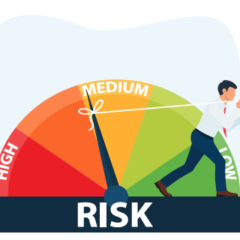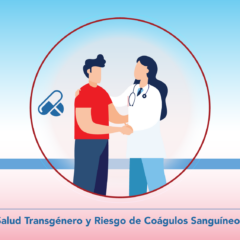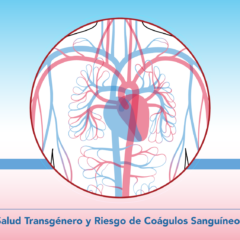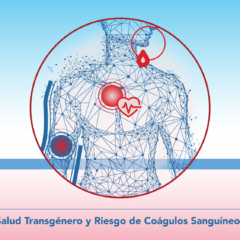Published on
Hormone Therapy and Blood Clot Risk | Transgender Health and Blood Clots
Gender-affirming hormone therapy greatly improves the health of transgender people, but it can come with some risks. One of the possible risks is called a venous thromboembolism, or VTE, which means “blood clots in the veins.”
A blood clot is a clump of blood that forms when blood cells stick together. A blood clot can block the flow of blood to important parts of the body, like the lungs or the brain. A clot can be very dangerous and even life-threatening.
We still have a lot to learn about the risks of hormone therapy. Taking testosterone hormones isn’t known to cause blood clots but taking estrogen hormones can increase the risk of clots. (Estrogen can cause the body to make certain proteins that help blood to clot.) Not everyone who takes estrogen will get a blood clot, but some people have a higher risk, like those who are older, overweight, smoke, or have had blood clots before. There are things you can do to lower your chances of getting a blood clot, like staying active and quitting smoking. Your doctor can also adjust your estrogen dose, or how you take your estrogen, to help reduce your risk.
The most important thing to know is that the risk of a blood clot is small and should NOT stop you from getting the gender-affirming care that you need.



